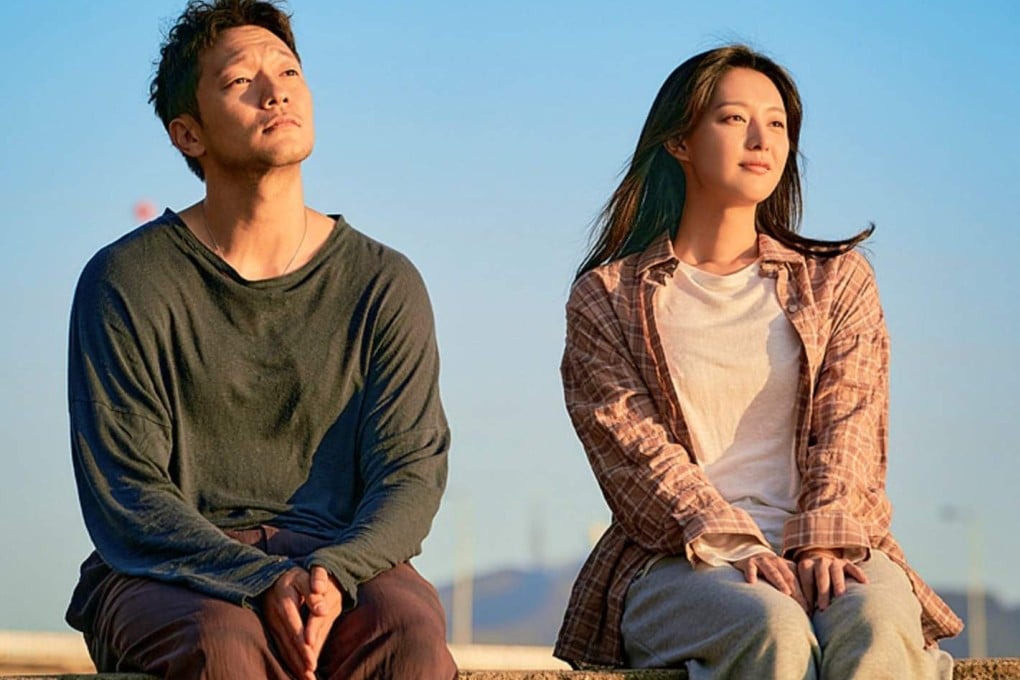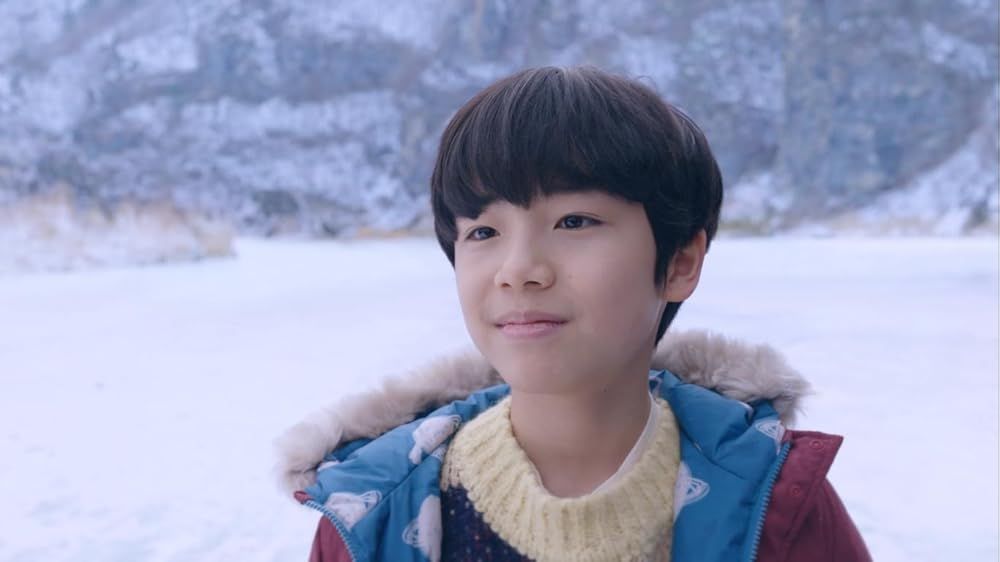There are millions of reasons to watch K-dramas, but we still find ourselves asking: why are we so emotionally attached to them? Why do our hearts and minds connect so strongly to these shows?
Well, psychology says our minds are drawn to mysterious, indirect hints. K-dramas are full of those. They follow certain patterns and storytelling rules we’re often not even consciously aware of. What may seem like a simple scene is actually a powerful blend of literature and filmmaking that brings a vividness we don’t usually expect.
Show, Don’t Tell: The Unspoken Truths

You must have seen that moment when a character pretends to be strong and independent but ends up crying once their loved one, who they once hated, leaves them. There’s no dialogue, no opinions from others, just one tearful expression that says it all.
That scene resonates with us because we’ve been there, pushing our feelings aside, only to break down when we least expect it. This technique is called “Show, Don’t Tell”, and it’s the exact point where the drama becomes relatable. We don’t need to be told what the character is feeling; we simply understand and connect.
Metaphors, Symbols, and Hidden Meaning
K-dramas often use metaphors, motifs, and visual symbols to let the audience infer what’s happening instead of stating it outright. For example, food often symbolizes comfort or the nostalgia of a memory. The meanings behind these elements are subtle, but they make each story richer and more emotionally layered.
So, there are millions of metaphorical implications we see in every K-drama, small details that, when noticed, make the storytelling even more beautiful.
Building Suspense and Sarcastic Charm

K-dramas know how to build tension; those perfectly timed pauses between statements, the lingering looks, the unpredictable replies. It keeps us hanging, wondering what will happen next.
Facial expressions and body language do just as much storytelling as the dialogue. Especially the sarcasm, there’s always that one protagonist who nails the deadpan comeback. One iconic example? ‘Lovely Runner’. The way the annoyed feelings linger and turn into a sarcastic laugh is oddly satisfying to watch.
Environmental Storytelling: Setting the Mood
Then there’s the environmental storytelling, how the setting itself tells a story. Picture the opening of a drama: a street blocked off with yellow tape, swarming with cops and detectives. Your first thought? A murder mystery, right?
But what if it’s a trauma flashback? What if the story flips your assumption on its head? That’s what makes K-dramas immersive; they use setting not just as a backdrop but as a key to the narrative.
Flashbacks and Nonlinear Narratives

K-dramas also make great use of non-linear storytelling and flashbacks. This allows the audience to understand a character’s backstory, motivations, and emotional growth without excessive exposition.
Instead of the show telling you why a character acts a certain way, you see their past. It creates empathy, not judgment. It makes us understand, rather than criticize.
K-dramas have captured the hearts of millions around the world. Their unique blend of storytelling, symbolism, and emotional depth sets them apart. The use of the “Show, Don’t Tell” technique, layered metaphors, and suspenseful pacing creates a rich and immersive experience. Relatable characters, intricate plot twists, and cultural nuances strike a deep chord with audiences. K-dramas offer a window into the human experience, exploring emotional complexities with honesty and care. Their influence extends beyond entertainment, becoming a part of the global cultural landscape. What draws you to K-dramas? Is it the characters, the stories, or the cultural insight? Whatever it may be, one thing is certain: K-dramas continue to captivate us all.
Written by Bhumi
Connect with us on Instagram | X | YouTube for more content, interviews, & news.















There’s a lot of reasons but I can say kdramas are my escape from the reality 💜.